Garmin Rally RS210 Dual-Sided Power Pedals — First Look
I finally got my hands on the Garmin Rally RS210 dual-sided power meter pedals. Garmin sells a few variants based on the pedal style and cleats: Look Keo (RK), Shimano SPD (XC) and Shimano SPD-SL (RS). I tested the SPD-SL version, which is what most road/tri folks are likely running as Shimano still leads the IRONMAN World Championship pedal counts.
Out of the box, the pedals have charge, but it is worth topping them up before installing them on the bike. And, since we are on the topic of charging, I want to highlight what I think is one of the biggest improvements from the previous Rally pedals. Garmin finally ditched coin-cell batteries, which is a relief! The previous Rally pedals used LR44 or CR1 batteries — not exactly easy to find when you’re traveling. They are also less common than something like a CR2032 (your typical HRM battery).
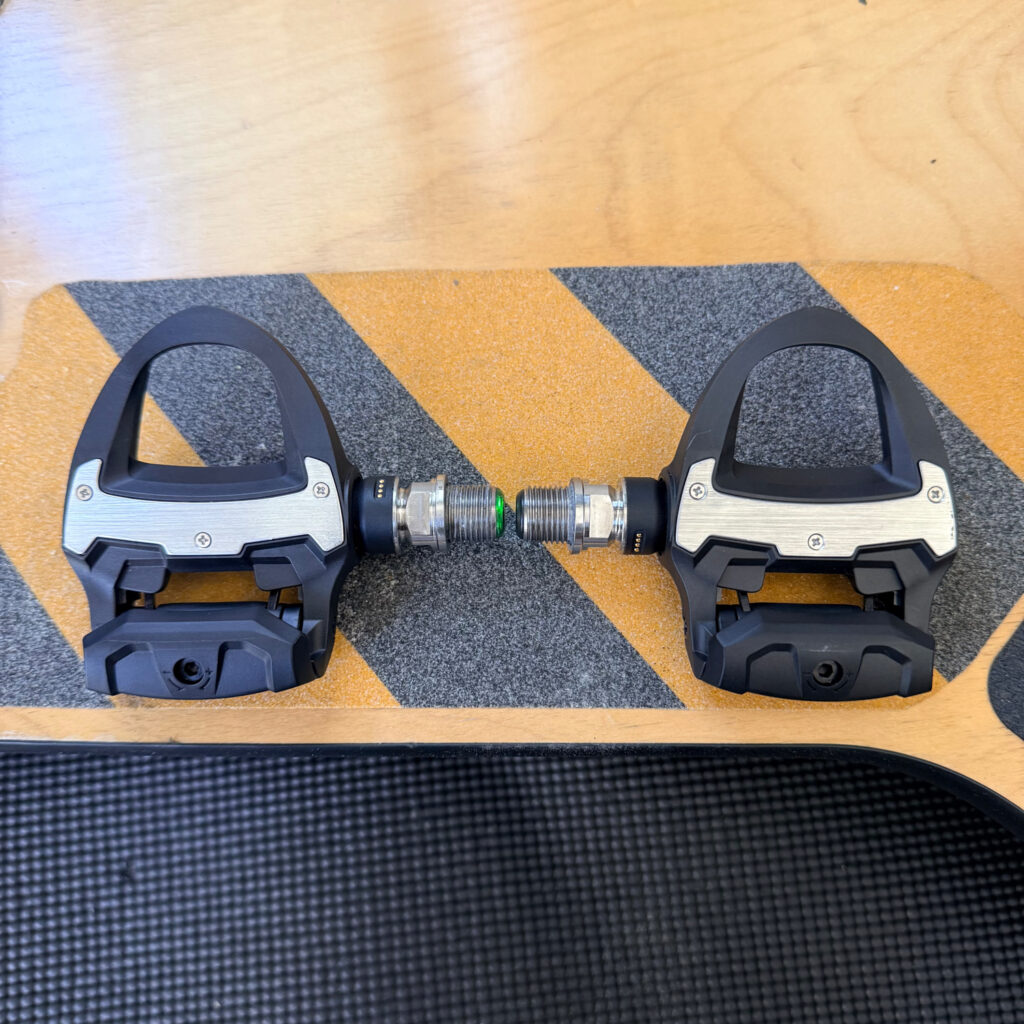
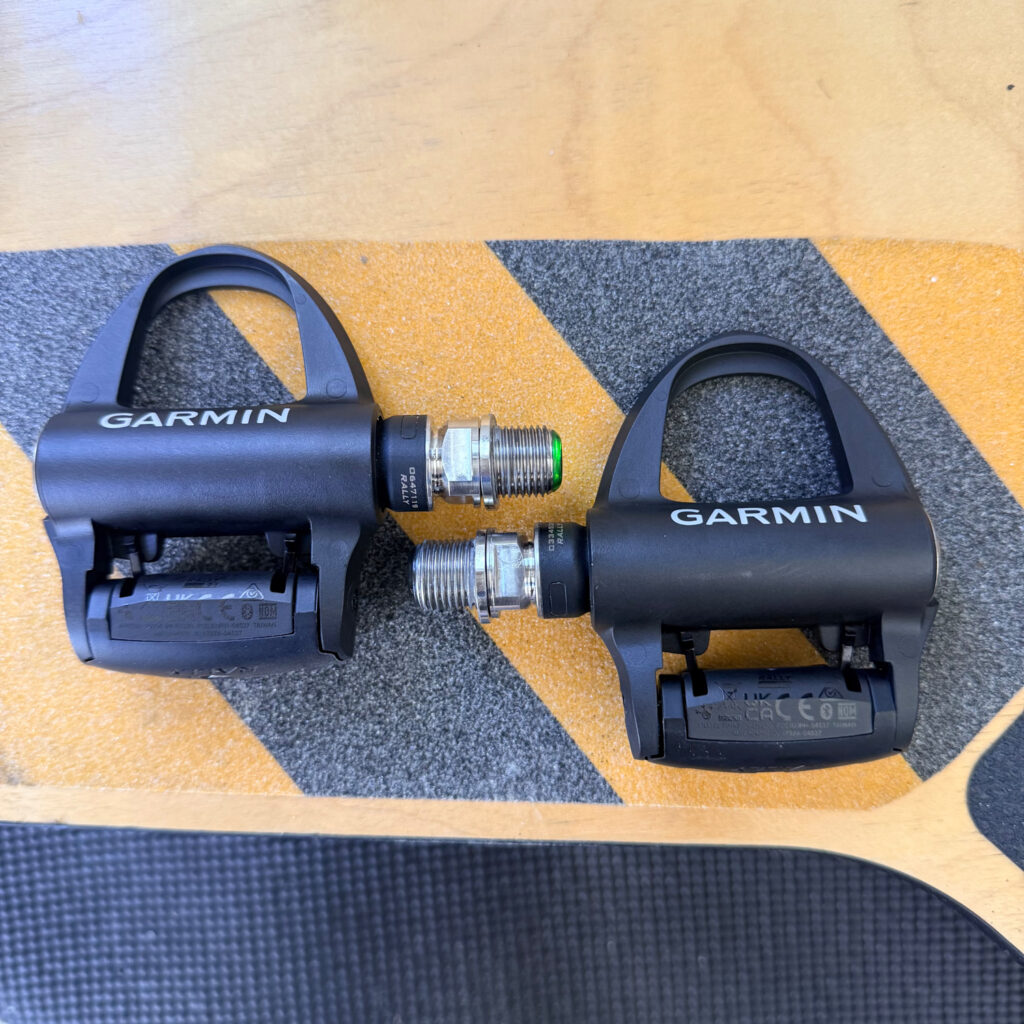
Inside the box you get a couple of USB-C cables and two small magnetic charging clips that snap onto the pedal. The magnetic clips have some strong polarity, so you get a satisfying “click” sound when the charging nodes engage. You can also charge the pedals on or off the bike, and any USB-C power source works — wall brick, laptop or a power bank when you’re on the road.


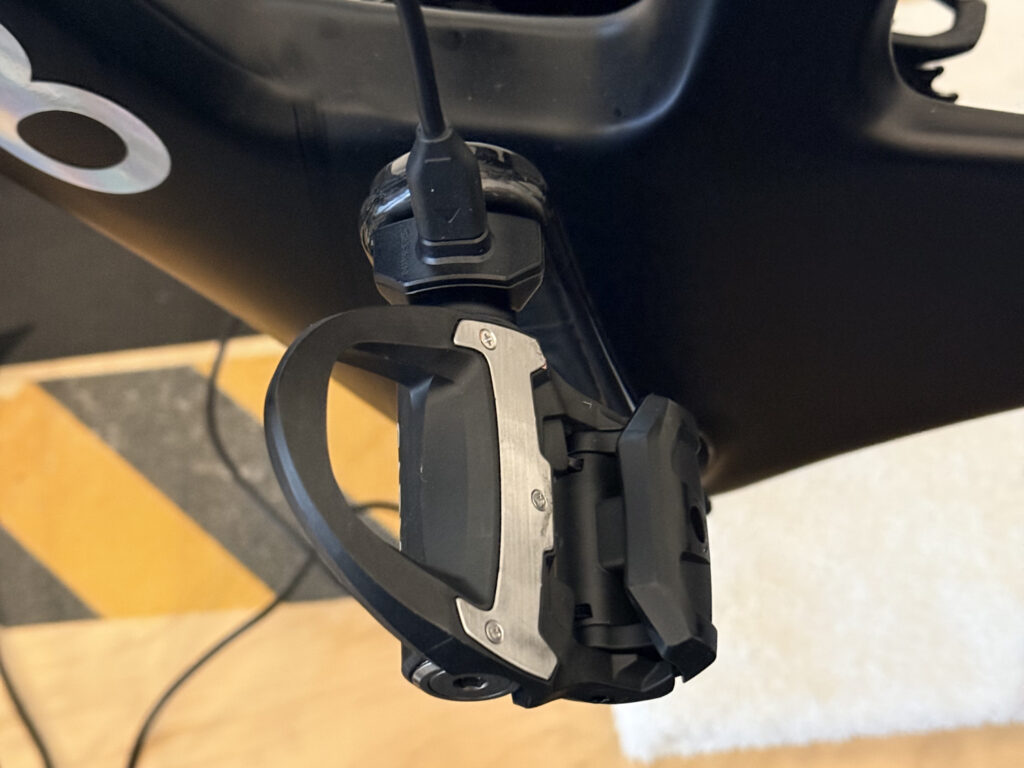
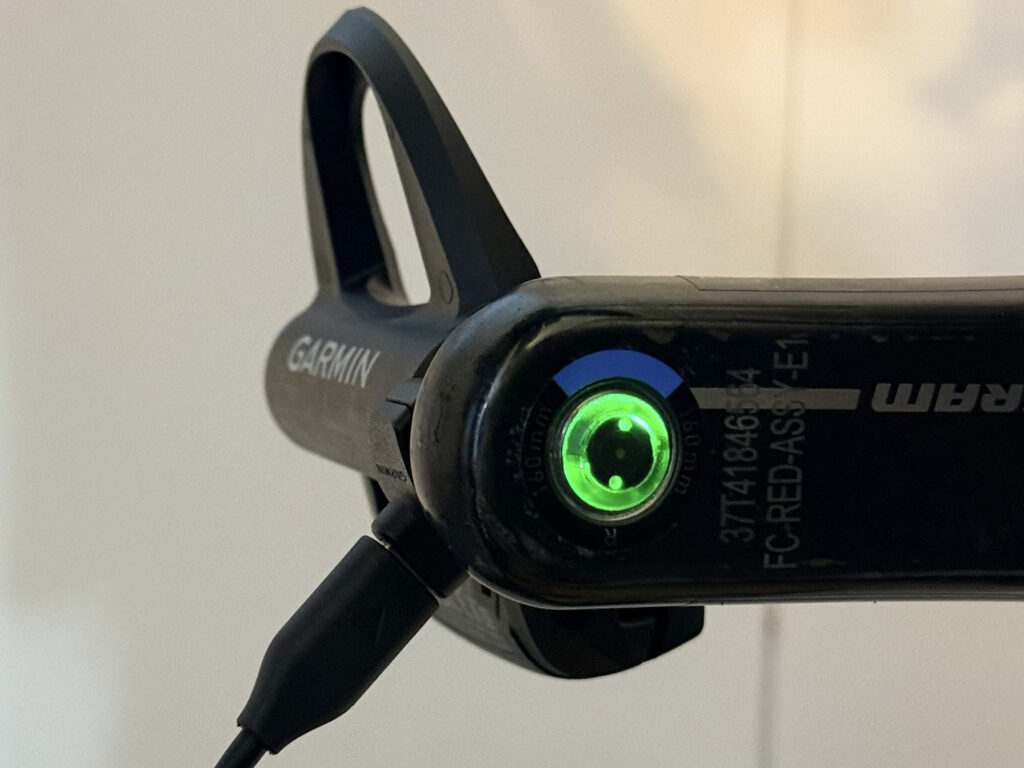
Installation is simple: Grab a pedal wrench and thread them onto the crank arms. No pods (as with the Garmin Vector pedals), no proprietary adapters and no magnets. Pairing the pedals is also a breeze. You can connect the pedals via Bluetooth or ANT+, just like you would any other device. And, for updates, all you have to do is open up the Garmin Connect app on your smartphone and it will connect with the Rally pedals for firmware updates and additional troubleshooting.
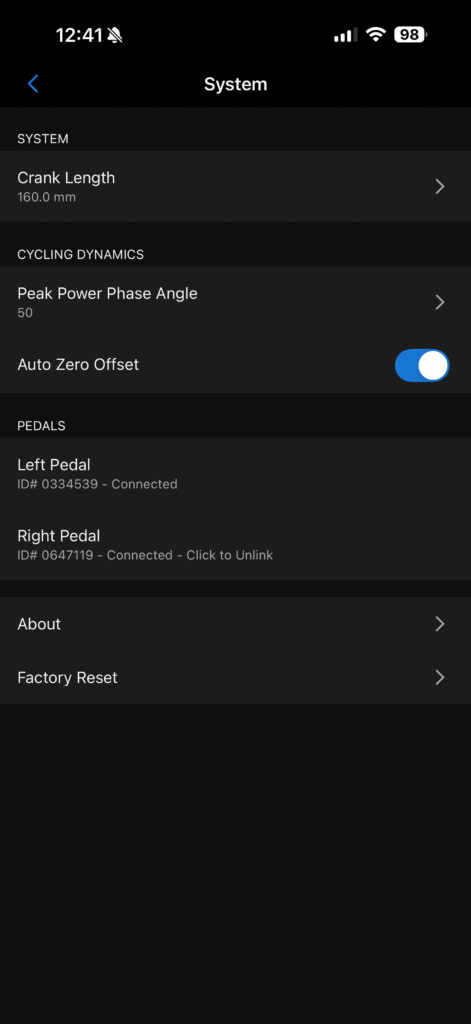
Accuracy and First Rides
After a few rides and some initial tests, I’m confident in the accuracy. I paired the pedals to my Garmin head unit outdoors and also compared data indoors on Zwift with my smart trainer (Saris H3). The numbers lined up really well and, of course, with Garmin pedals, you get the bonus of cycling dynamics data.
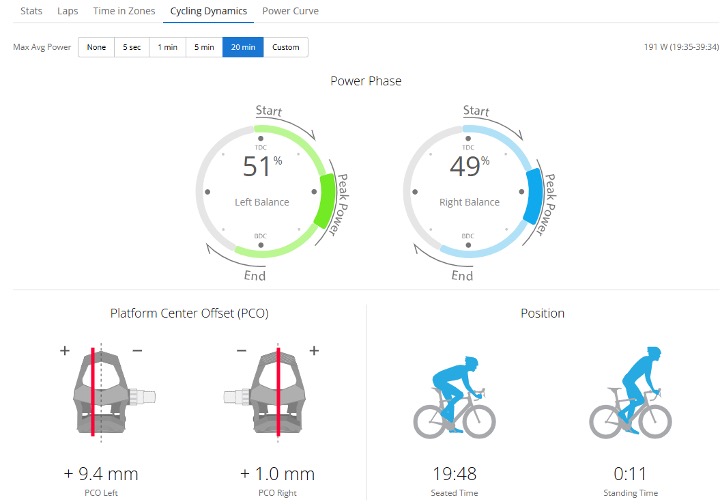
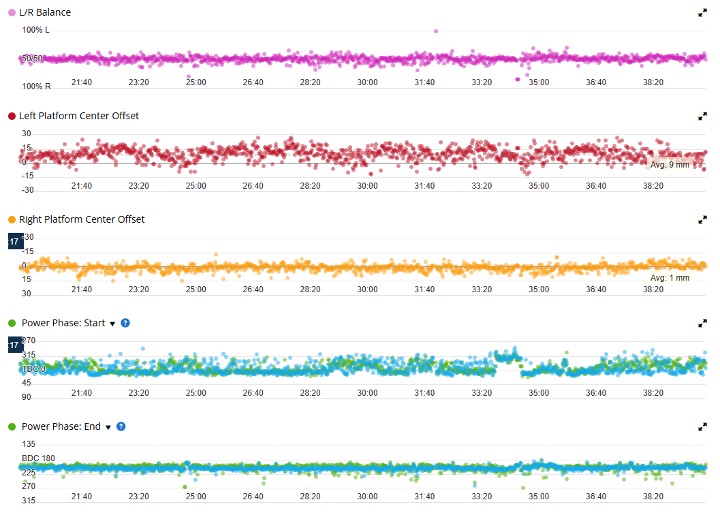
For anyone who cares about accurate power — which should be all of us — that matters.
Right out of the box it was install → calibrate → go.


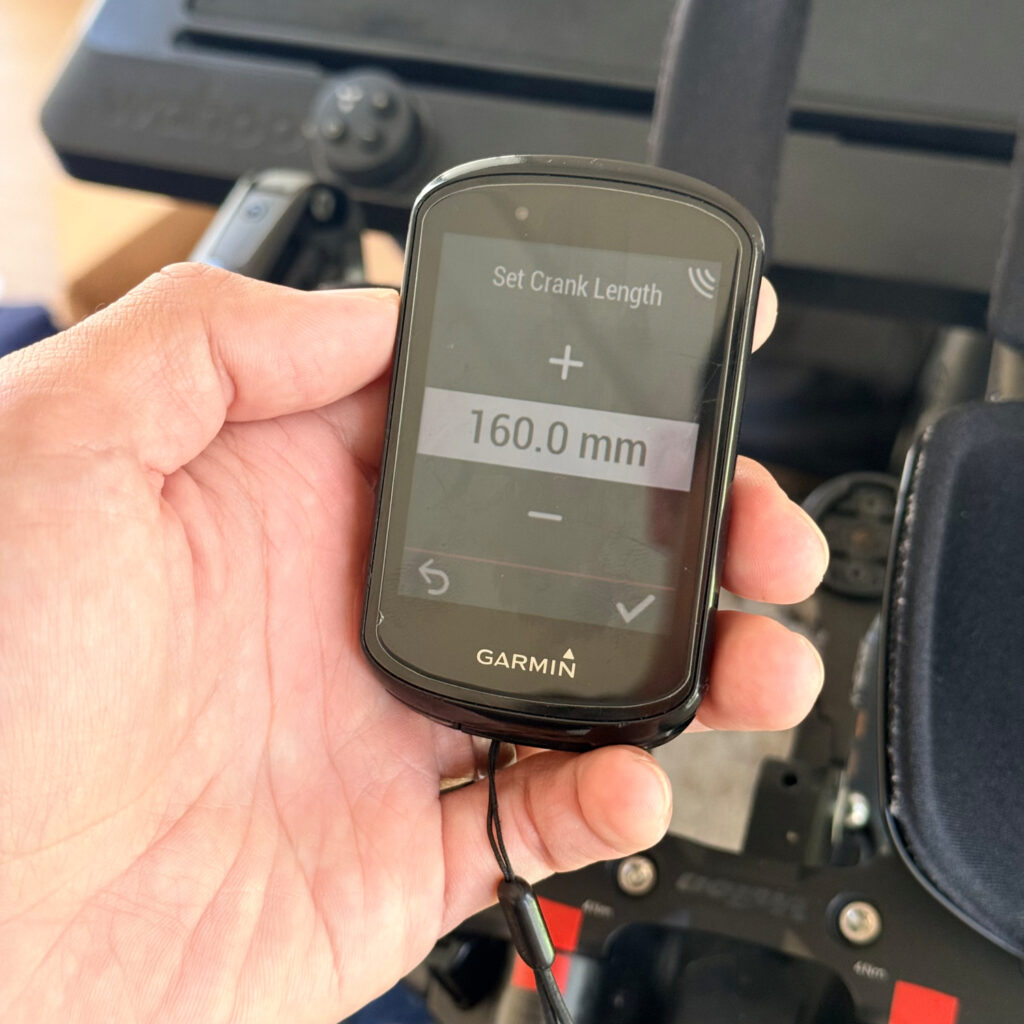
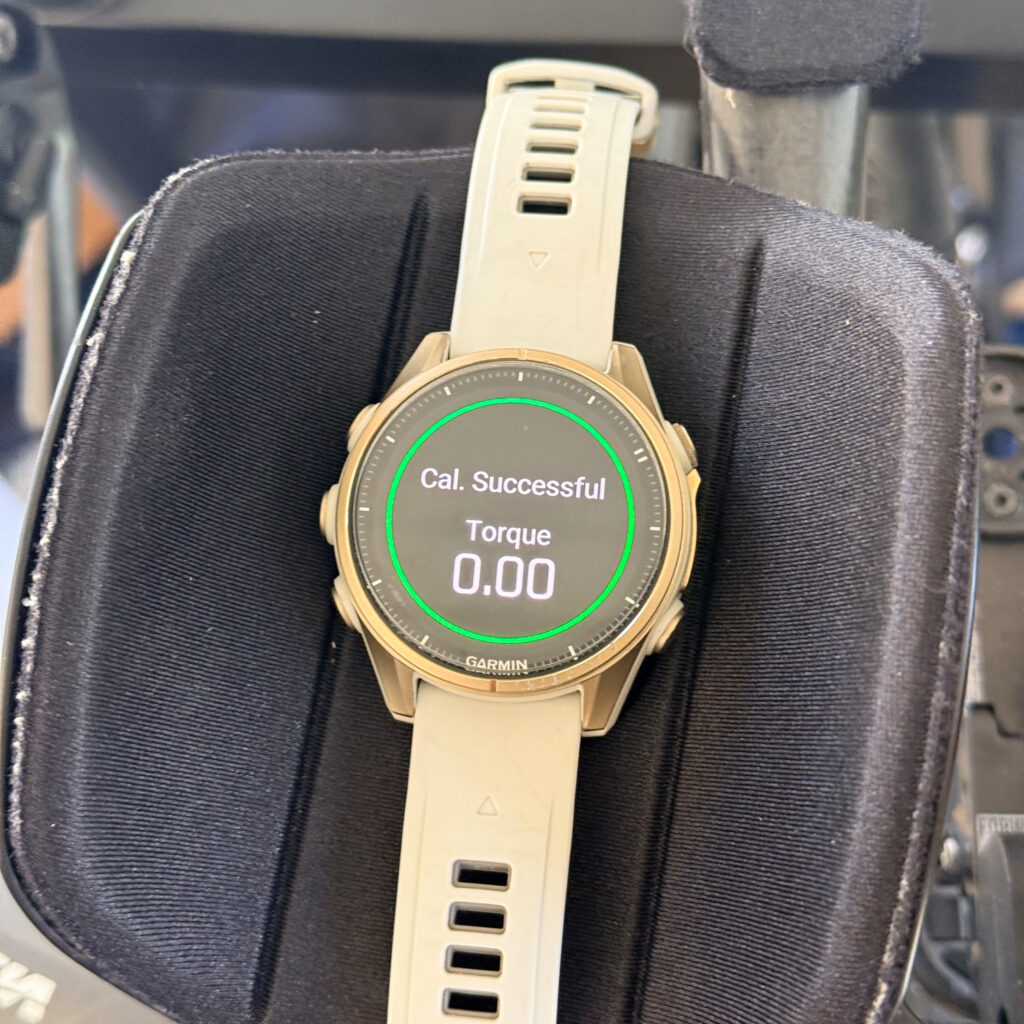

Readings were consistent from ride to ride without noticeable data spikes, drift or lag. You can trust the numbers and actually train to them instead of second-guessing the data, something many early adopters of pedal-based power meters can remember being an issue.
From a triathlete’s standpoint, these pedals really shine if you:
- Want one power meter swapped between multiple bikes (road vs. tri)
- Travel for races and training
- Swap setups regularly (chainrings, 2x vs. 1x)
Pedal-based power makes life easier. A lot of riders are on crank or chainring power meters, which work great, but moving those between bikes is a hassle. With pedals, it’s a quick uninstall, reinstall, re-pair and you are rolling. I have used every Garmin power pedal since the original Vectors. Accuracy is much better now, and the lack of external pods or coin batteries is a big win. Anyone who traveled with the old Vector versions knows how easy it was to bump or break those pods.
Another unique feature worth noting is Travel Mode. It powers the pedals down, so they are “offline” while you’re flying or packing your bike. They wake back up once you plug them in to charge, which is required to bring them back to life. This feature is helpful for avoiding phantom battery drain and keeping them safe in transit. Just don’t forget your charging clips!

As for pricing, you can find these at your local Garmin dealer/bike shop, or a quick Google search will get you to many online retailers. You can also buy directly from Garmin.
- Rally RK200 dual-sided: ~US$1,200
- Rally RK100 single-sided: ~US$750
These pedals aren’t cheap, but considering the improvements, reliability and accuracy, I would say the Rally is in-line with other high-end pedal power meters. (Assioma being the most commonly used.)
Summary
- Installation: straightforward, thread on and tighten
- Accuracy: consistent (confirmed against Zwift/smart trainer)
- Swapping between bikes: the big advantage vs. crank/chainring power meters
- Charging: USB-C + magnetic clip (just don’t lose it!)
- Travel Mode: genuinely useful to ensure no battery drain in transit




Start the discussion at forum.slowtwitch.com